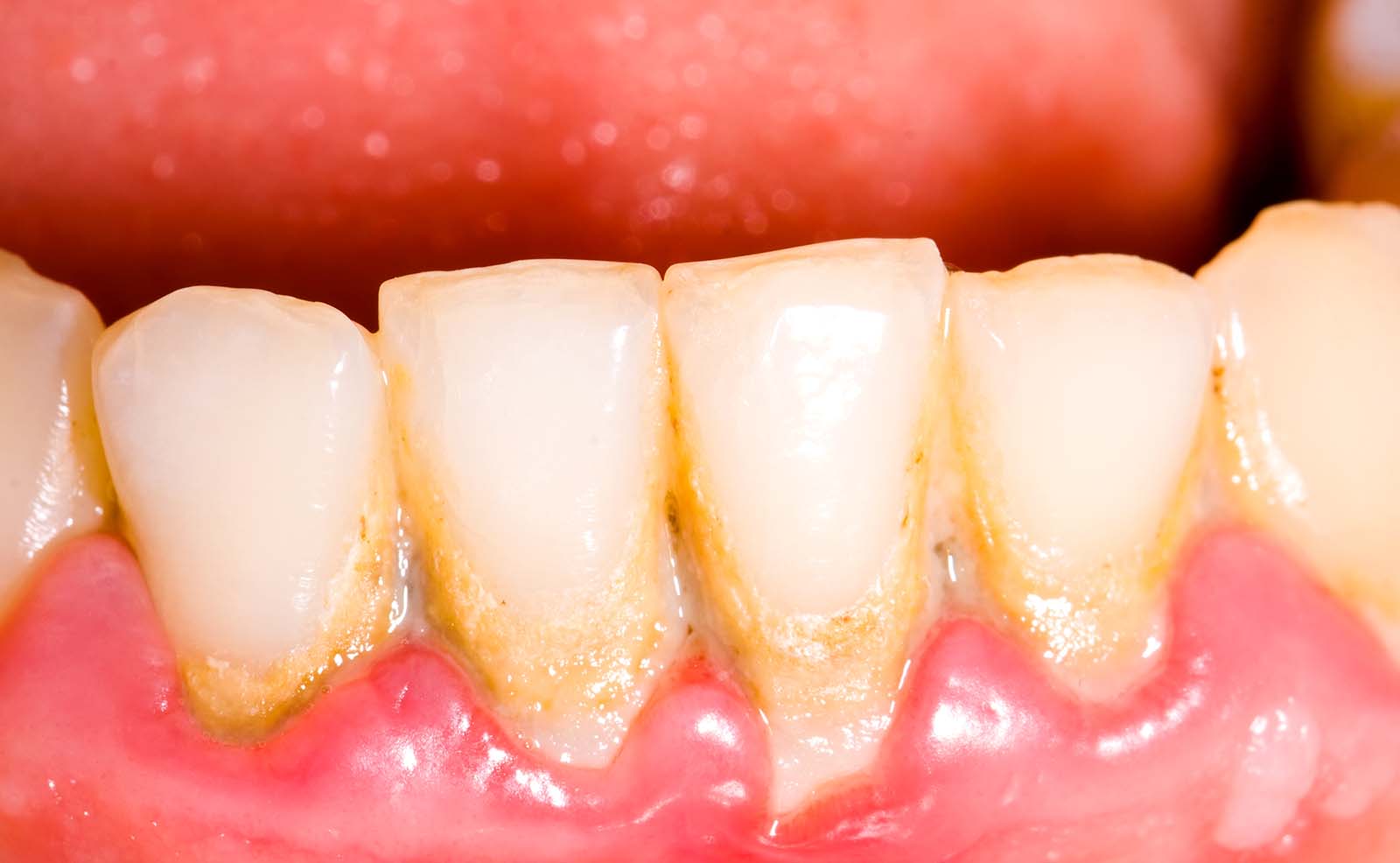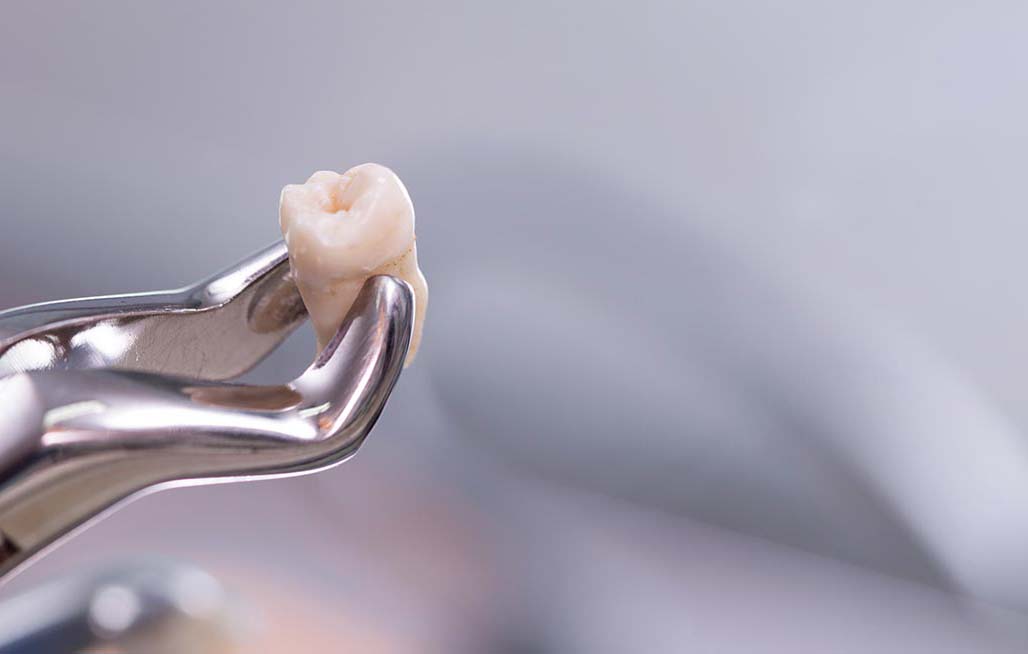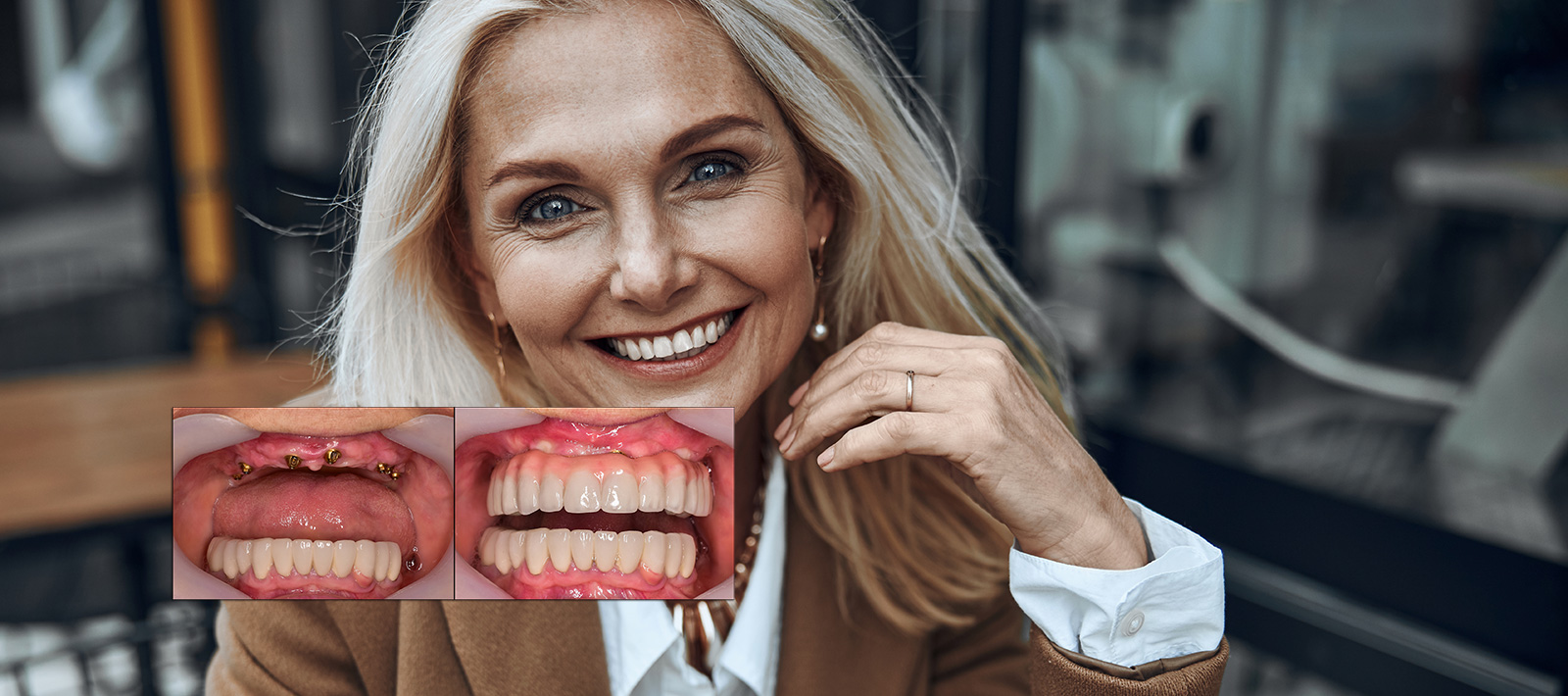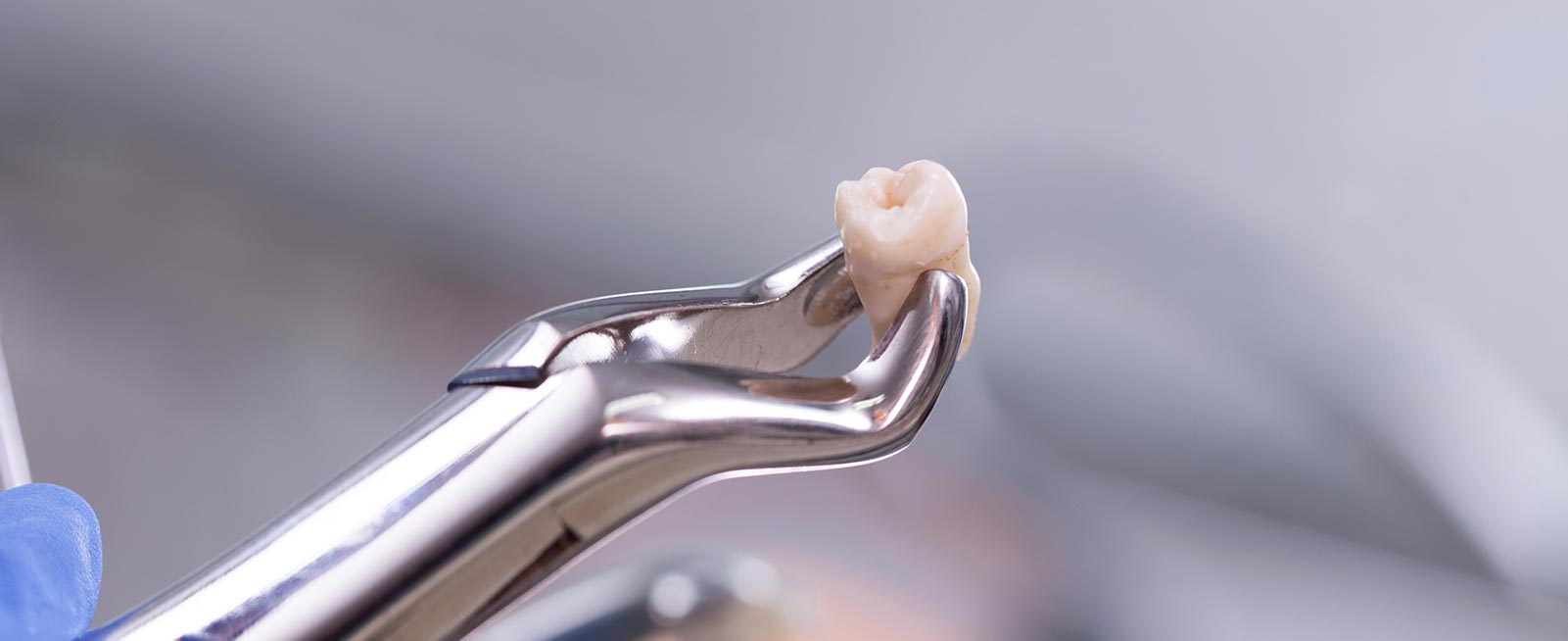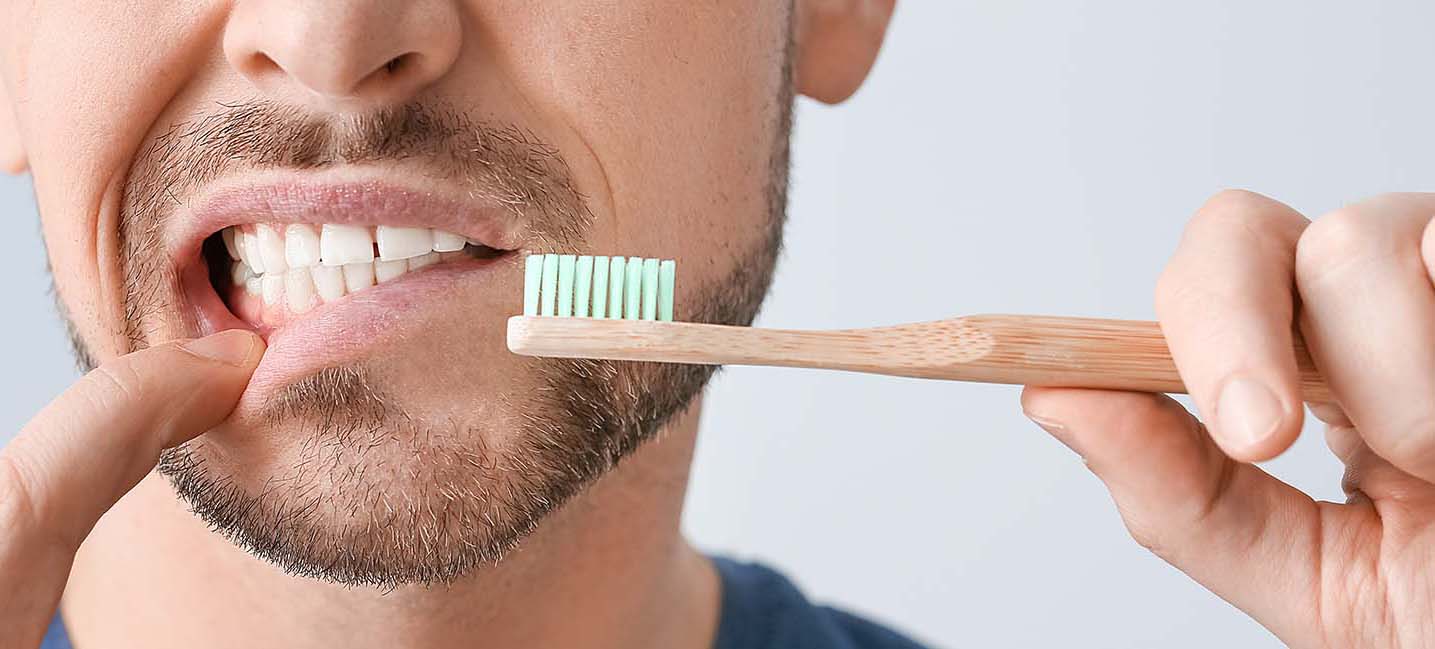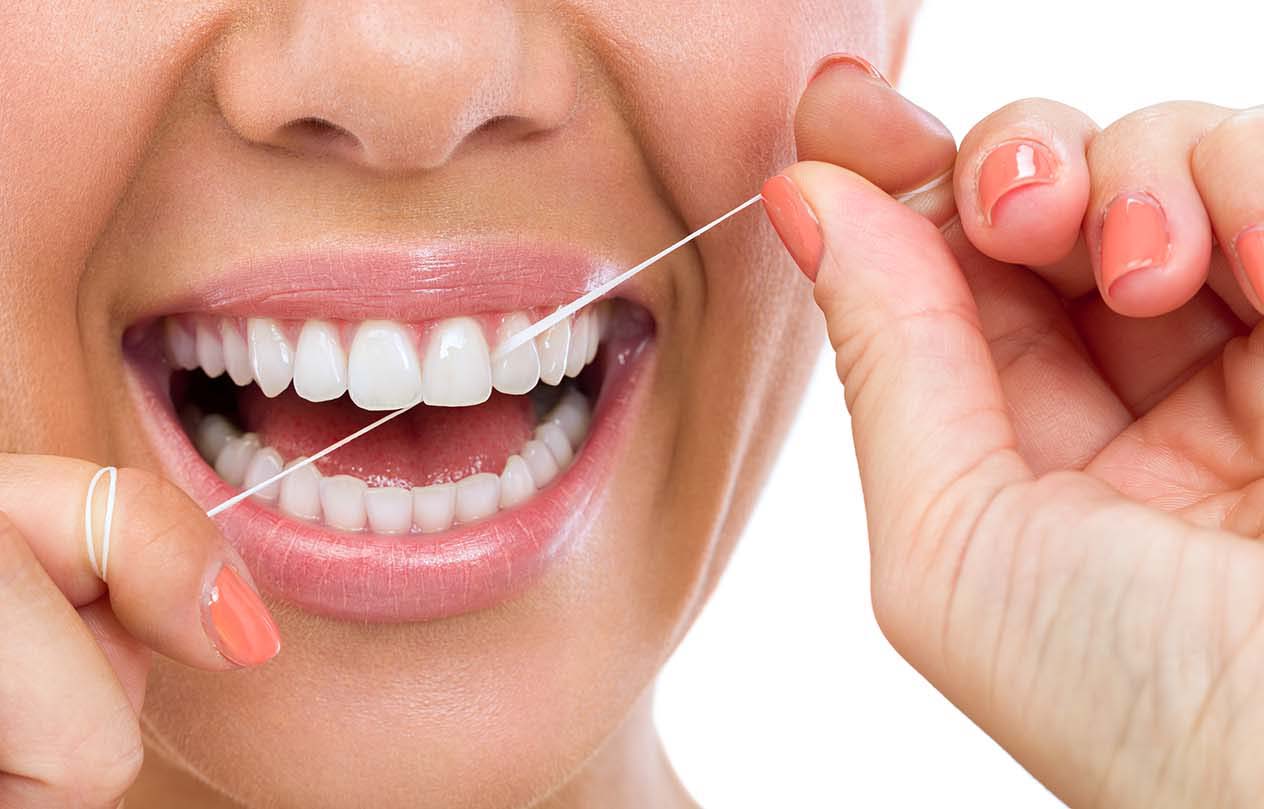A person’s smile is a memorable part of their body makeup and one of the first things others see when they meet them. The smile develops the first impression. It reflects the confidence of a person and reflects on their self-worth.
A person’s smile determines much; therefore, preventing tartar buildup on teeth and plaque build up cannot be stressed enough. Dental office teeth cleaning is essential to good health since it clears the mouth of tooth plaque and dental tartar.

The damage tooth plaque does to teeth is unimaginable to most people until it happens. It is challenging to believe dental tartar can destroy teeth and gums so quickly and so silently, even when a person brushes after each meal while destroying physical health in the process, if unchecked.
Dental plaque slowly erodes the tooth enamel, even when teeth are brushed properly. Without the services of a dentist, plaque under the gum line can stay, creating pinholes in the tooth enamel, destroying the nerves of the teeth.
Dental calculus or plaque on teeth solidifies, sometimes chipping and depositing into the digestive tract and even the blood. Also, the buildup causes the teeth to yellow. The routine accumulation of plaque and tartar on teeth is different for each individual and tends to vary with age.
This unpleasant tooth buildup is also called dental calculus; this severe plaque on teeth turns hard and yellow, continuously building and hardening. It causes the gums to be infected, creating a disorder called gingivitis. If a dentist does not get rid of plaque on teeth, it bonds, damaging as it collects on the teeth.
Symptoms and Treatment Options:
When minerals combine with salvia, tartar is formed on teeth. Teeth may become stained from heavily colored beverages or tobacco. What does plaque look like; red and swollen gums. Staining might show before teeth become loose and gums begin bleeding. Teeth might feel rough and filmy. Gum bleeding and heavy plaque deposits show after extensive tartar accumulation.
Dentists have tools specially designed to scrape tartar from the teeth, creating a surface less susceptible to tartar buildup on teeth. Bleeding gums can be avoided, and so can tooth plaque if the importance of teeth cleaning is understood.
What does plaque look like? Tooth plaque is yellowish and initially covers the gum line of the teeth, slowly building into a substance that practically becomes a part of the enamel of the teeth. However, this substance can be removed by a dentist. What is tartar on teeth, and why the concern? If plaque buildup on teeth goes untreated, it can destroy the tooth enamel, damage nerves in the tooth, cause bleeding gums, cause teeth to become brittle and chip, destroying a beautiful smile.
Removing dental tartar can be an uncomfortable process if you have developed periodontal disease, whether it is plaque on bottom from teeth or plaque on teeth in other areas of the mouth. If gingivitis sets in and teeth are loose and receding gums are inflamed, the dentist can use a numbing agent to lessen the pain. Dental tartar is done with a topical anesthetic to ease the discomfort.
What is Tartar on Teeth?
Since salvia is a part of the digestive system, there is no way to avoid its development in the mouth since tooth plaque forms with a porous film allowing food juices to sit on teeth. If you are suffering from dental tartar, receding gums, or have teeth covered with tooth plaque, let a professional show you how to get rid of plaque on teeth and save dental health.
The stages of dental tartar accumulation determine the treatment used to care for hard plaque on teeth, yellow plaque on teeth, excessive plaque on teeth, orange plaque on teeth, and plaque on bottom teeth.
What Does Plaque Look Like?
Plaque is filmy and carries the bacteria of sugary sweets from foods; this bacterium eats away at the enamel, causing tooth decay. If teeth are not brushed and appropriately flossed, plaque builds, destroying the structure of the enamel, creating gingivitis plaque on teeth.
What is the Difference Between Dental Plaque and Tartar?
Plaque creates a soft yellow film over the teeth, while plaque is hard and can feel like tooth enamel. Plaque is removable by brushing and flossing; however, tartar needs sharp dental tools to get it off teeth.
Accumulation of tooth plaque is immovable by using a toothbrush. Brushing does not rid the teeth of this rough and sometimes yellow deposit on the teeth. The early development of dental calculus may go ignored because the person does not feel the damage. However, if removal is neglected, damaged teeth and bad breath follow. Gingivitis can form starting gum disease.
Professionals know the importance of cleaning plaque and tartar; some realize this fact too late and need to enlist the service of dentures or implants to eat and smile. The cosmetic replacement of teeth is sometimes necessary, but if proper care is given to the teeth early, dental tartar, which is highly destructive, can be avoided.
What does plaque look like? It is a very unpleasant sight, and it is vital to learn how to get rid of plaque on teeth. Walk into any dental office or go online and look at pictures of plaque on teeth. Then ask yourself if this is your idea of a healthy mouth.
The plaque build up is unsightly, and given time, painful. Tooth plaque and dental tartar work below the gum line, making it difficult to brush away. So, eating each day builds dental plaque; no matter how careful you are with your teeth, a dental visit is always in your best interest.
What causes plaque buildup on teeth? Neglect has some blame for plaque build up on teeth, and plaque on bottom front teeth can develop faster than some spaces. Tooth plaque and dental tartar cling to the teeth. Since it builds, these substances may initially feel like a part of the tooth enamel. You cannot floss severe plaque on teeth away.
Periodontal disease is not in the plan for anyone. Fortunately, symptoms and treatment options to get rid of bleeding gums and unmanageable bad breath. Treatment to get rid of plaque on teeth.
Receding gums can make it difficult to place artificial teeth and cause bone loss. Get rid of plaque on teeth by giving extra care to the plaque on the bottom front teeth. Naturally, the whole mouth is of concern, but some mouth spaces are harder to reach. The backside of the teeth is especially vulnerable. Those experienced with tooth decay and the pain that goes with it. understand the importance of teeth cleaning
There are ways to slow the accumulation of tooth plaque and dental tartar by using baking soda and salt. However, these home remedies will not make up for regular dental checkups. The presence of gingivitis plaque on teeth, hard plaque on teeth, yellow plaque on teeth, and orange plaque on teeth can only be thoroughly removed by a dental professional.
Some people wait until there is an excessive amount of plaque on teeth, not even enlisting home remedies. Plaque on bottom teeth may develop with little notice. Severe plaque on teeth can make eating extremely uncomfortable due to lose teeth and tender gums.
Plaque on bottom front teeth, as well as other areas builds slowly. Naturally, diet affects the teeth and the overall health of the body. Acidic beverages, sugary sweets, and inadequate dental care add to tooth plaque and dental tartar development.
Treating excessive plaque on teeth and tartar at home leaves the chance for pinhole cavities in a tooth. Plaque buildup on teeth may go unnoticed until you feel pain. By then, the tooth is already damaged, causing complicated repair. It is better to look at the plaque on teeth in a book than live with the pictures of plaque on teeth, dental tartar and tooth plaque in your mouth.

